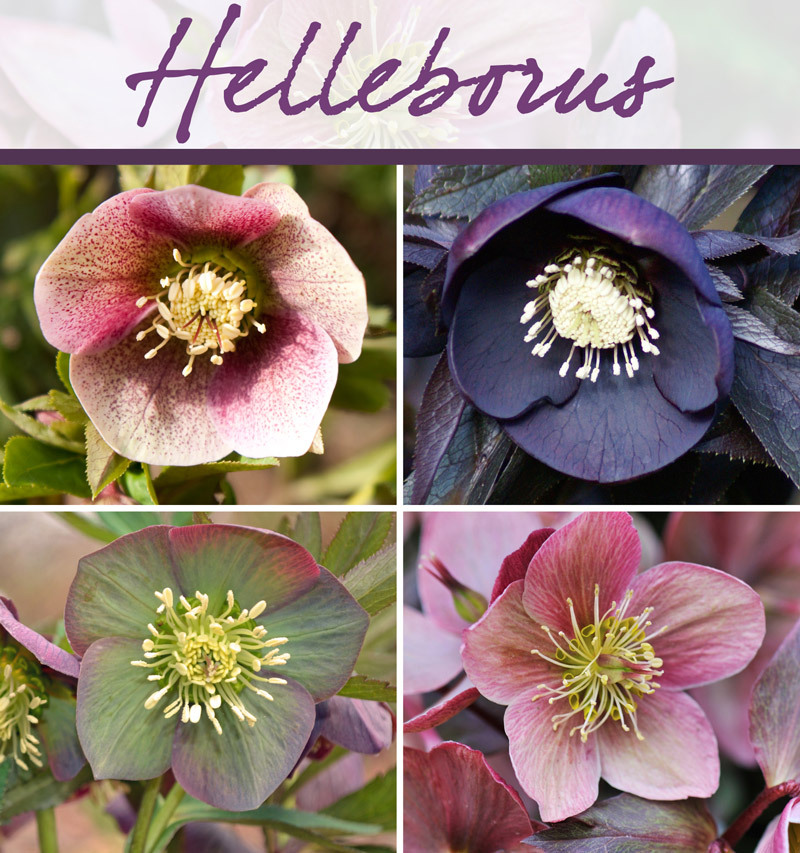Shady Beauties Seek New Digs
Perennial of the Week: Hellebores
Known as the Lenten Rose, the Christmas Rose, and various other pseudonyms, the shade-loving members of the Hellebore family are not close relatives of the classic garden Rose at all. The flowers do resemble a single Rose, but unlike its namesake, the intrepid Hellebore blooms in winter and early spring, often while blanketed in snow.
A legend associated with the Christmas Rose concerns Madelon, a girl who visits the Christ child in Bethlehem, but has no gift for him. An angel intervenes by touching the ground, and the Christmas Rose immediately springs up from the spot.
This story is a curious legend, since Hellebore is a known poison. “Hellebore” is derived from the Greek words “elein” (to injure) and “bora” (food). In fact, ancient writings indicate that Hellebore was used as a purgative as early as 1400 BC.
The five colorful parts of this beloved flower are actually its sepals. The sepals can be solid green, white, pink, black, or peach, and may be solid or strikingly marked with other shades.
Hellebore petals appear like frilly cups around the center of the flower. These modified petals are known as nectaries, since they hold on to nectar.
Gardeners love Hellebores because these perennials:
- Retain their colorful sepals for many months, sometimes blooming into early June
- One of the earliest blooming perennials
- Deer resistant
- Drought tolerant
- Shade tolerant
- Provide a steady nectar source for pollinators
- Make year-round garden color possible
Plant your Hellebores in shady borders, pollinator gardens, naturalistic gardens, woodland gardens, and spaces between shrubs or under trees. They tolerate a variety of growing conditions, but love rich, well-drained soil that is neutral to alkaline.
Hellebore varieties grow in Asia, Europe, China, and along the border of Turkey and Syria. The highest concentration of Hellebore species appears in the Balkans.
Bring some home today, and see why the Hellebore’s popularity has endured throughout the centuries!

